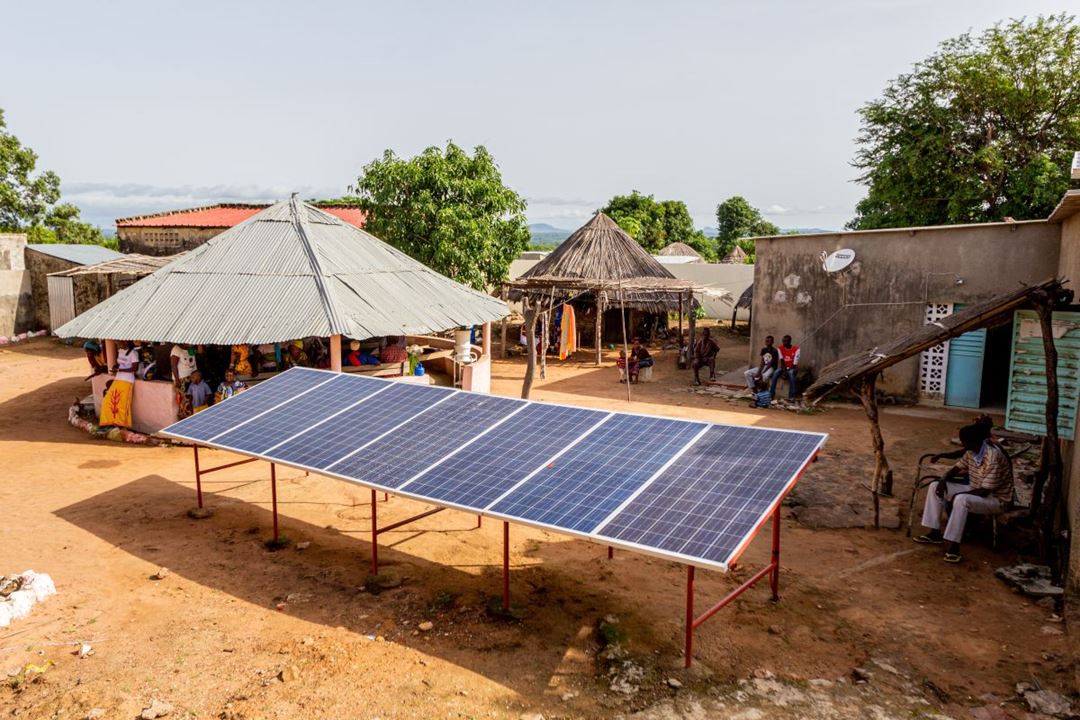
Gemini Centre Global Impact
Let Aid and Climate Action Become One and the Same

This is a translated version of an opinion piece published by Dagens Næringsliv
By Anneli Alatalo Paulsen, Head of SINTEF’s research on global sustainable development, and Petter Støa, Research Director at SINTEF
A shadow fell over the global aid community when the U.S. Senate approved the president’s proposal for billions in aid cuts last July. But Trump is not alone in this. Major donor countries like Germany, France, and the UK have also announced reductions in their aid budgets.
At the end of this tunnel, Norway can light a spark. By leveraging our well-tested models of triangular collaboration between government, industry, and research, we can develop new green technologies that the Global South can use in the climate fight—and profit from.
Climate technology that is properly scaled and adapted to local conditions in low- and middle-income countries is essential if we are to save the climate. Businesses in our part of the world have the potential to contribute, but they lack a financing tool that reduces risk and ensures good projects are selected.
We at SINTEF now propose that Norway take the lead in filling this gap—specifically by establishing a technology and innovation fund that supports the development and deployment of green solutions in low- and middle-income countries, especially in sub-Saharan Africa.
This is not about helping, it’s about collaborating for a sustainable future for all of us.
The goal is projects that reduce greenhouse gas emissions, protect natural resources, create green jobs, strengthen local economies, and thereby reduce poverty. The blueprint for organizing this is no further away than the Research Council’s headquarters in Drammensveien.
Although the proposed fund is a new model for development cooperation, both Norway and the EU have solid experience with this approach as a tool for innovation and business development.
Take the Research Council’s “Green Platform” initiative. It supports research- and innovation-driven transformation in industry, requiring large collaborative consortia of businesses, researchers, and government actors.
The program has led to new solutions for climate, nature, and business development: hybrid solar and hydropower plants, charging technology for electric heavy transport, and the use of recycled materials in road and tunnel construction—to name a few.
Such collaboration currently happens mostly within Europe, and often nationally. A global green transition demands similar efforts across regional boundaries. The fund we propose would be a tool for this. And we can start now. The framework scales, so we do not have to wait for the enormous funds to get going.
The fund must prioritize market-relevant and scalable solutions, based on close collaboration across value chains—including a wide range of actors in the Global South: research institutes, governments, civil society, and local businesses.
In its initial phase, the fund should seek public funding. Our vision is that this initiative combines development aid with coordination of global climate efforts across the Ministry of Trade, the Ministry of Education, and the Ministry of Foreign Affairs. Norway is small enough that we should be able to unify these efforts more effectively.
Many Norwegian and Nordic companies possess relevant technology and expertise in renewable energy, climate-resilient agriculture, carbon capture, and nature-based solutions.
For companies in our part of the world, transferring technology in these fields is both a responsibility and a strategic opportunity. While contributing to global climate efforts, they can open new markets and build the solutions of the future.
Many investors, philanthropists, and private foundations want to contribute capital to make this happen. But the threshold for investing in low- and middle-income countries is high. The fund we propose would make it easier and safer to invest—through risk-sharing, partnerships, and active support for the implementation of new solutions. All, of course, in a transparent process—a non-negotiable requirement in Norway and the EU.
Support from the fund must require that projects involve companies from developed countries, contributing either capital, technology, or direct engagement.
The fund should especially encourage partnerships between businesses and research environments in developing countries and their counterparts in high-income countries. This will foster knowledge sharing, technology transfer, and local innovation.
The dark times following U.S. aid cuts and the overheating of the planet have given the world two problems at once. A fund that delivers effective climate solutions while generating income and jobs in low- and middle-income countries is a strong answer to this dual challenge.

